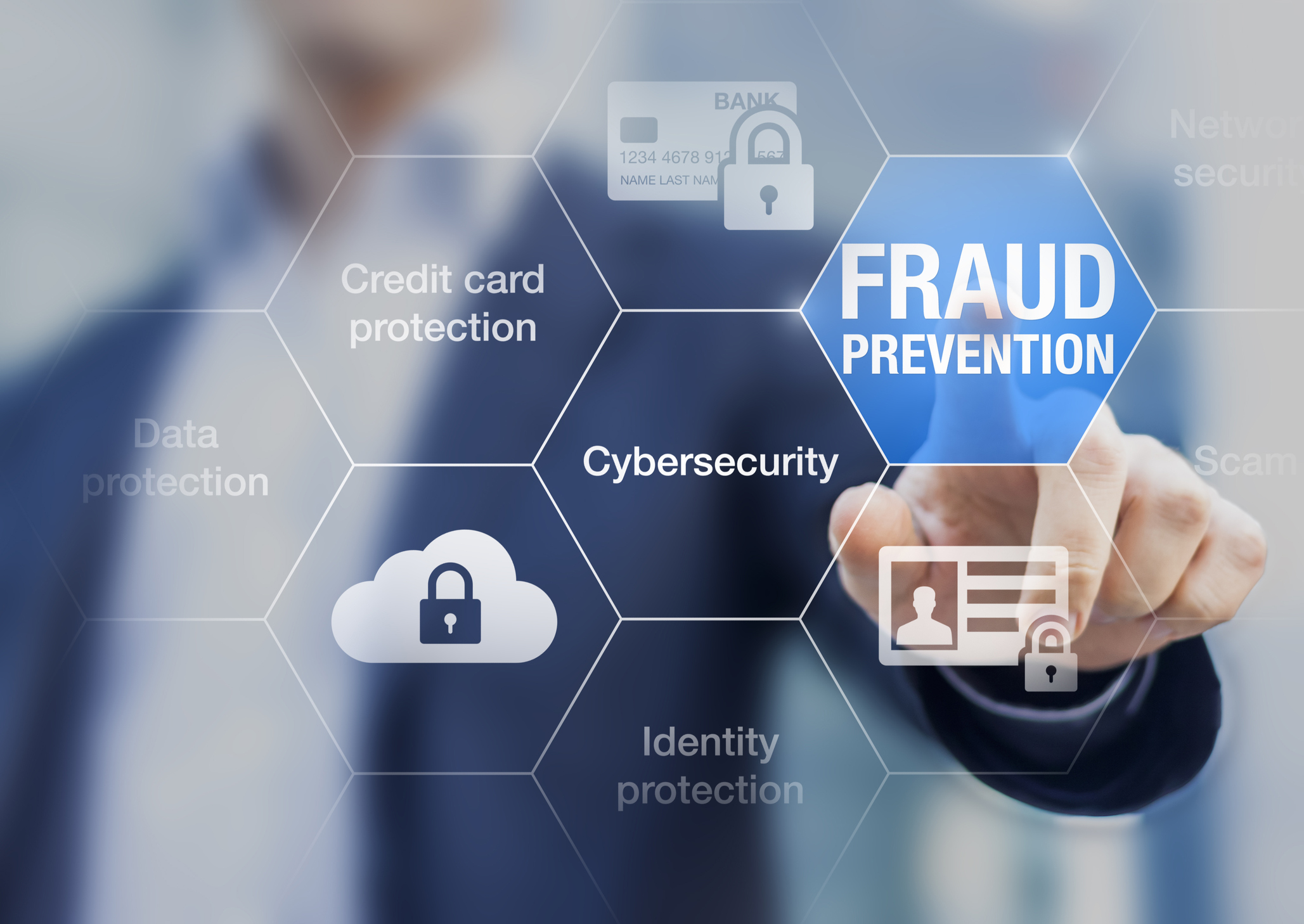What Should You Do Now to Protect Your Identity?
This month, we were told that 143 million Americans had key identifying information stolen through the credit reporting company Equifax. In addition, we just learned that Equifax purchased an identification protection service called ID Watchdog on August 10, two weeks after Equifax discovered the data breach but a month before disclosing it publicly. Law enforcement officials from about 40 states are in the process of investigating Equifax’s behavior before and after the data breach. At this time of uncertainty, what should you be doing right now to protect your identity?
- Monitor credit reports closely. You can request your free credit report on an annual basis by going to www.annualcreditreport.com. Download a copy and read through everything to ensure accuracy. In addition, consider using a free credit monitoring service such as www.creditkarma.com and use its mobile app to stay up-to-date in real time.
- Open your account with Social Security Administration. You can go to www.ssa.gov to open your own account and download your recent social security statement. You should verify that your past income information is accurate. You should compare the income on this statement to the numbers on your past tax form W-2.
- Consider a credit freeze. A credit freeze is the single most effective way to protect against fraud, in my opinion. It literally freezes the ability of anyone, including you, to open new credit of any kind in your name or under your social security number. If a prospective lender can’t pull your credit report, he won’t issue a new loan. This usually stops identity thieves from setting up fraudulent accounts in your name. Not everyone is blocked from getting your credit report, but it's close. Banks and credit unions where you already have accounts can still check your credit report, as well as collection agencies and certain government agencies. In light of recent events, I decided to place a credit freeze this week. In doing so, I evaluated the website and the telephone customer service line and found out that using its website is easier than calling the phone number due to the large volume of phone calls. These are the links and phone numbers to use if you decide to activate your own credit freeze:
A. Equifax, 1-800-349-9960. www.freeze.equifax.com
B. Experian, 1-888-397-3742. www.experian.com/freeze
C. Transunion, 1-888-909-8872. www.transunion.com/securityfreeze
For Minnesota residents, the fee for the freeze is $5 each for Experian and Transunion. Equifax now offers free credit freeze, but it's uncertain how long their free offer will last. In any case, $5 is nothing if it will ensure some peace of mind about your credit. After receiving your freeze request, each credit reporting company will send you a confirmation letter that containing a unique PIN in the mail for you to be able to lift the freeze. DON’T LOSE OR SHARE YOUR PIN! Keep the PIN in a safe place. You will need it if you choose to lift the freeze. The costs of lifting a freeze vary by state but they are minimal compared to the costs of paying for credit monitoring services or remedying an identity theft. Set aside about 30 minutes to complete this task if you do it online. I had to call Transunion and spoke to a person to get this done as the website couldn’t handle it. You may need about one week to lift the freeze if you need to apply for a loan in the future and having the PIN ready will save you time.
You should activate a credit freeze after you have opened your account with Social Security Administration.
For more information on the best credit monitoring services, check out this article from Consumer Advocate
Best Credit Monitoring Services Based on In-Depth Reviews
- If you have determined a fraud has occurred, put an alert in your credit report that will warn prospective lenders that you are a victim of identity theft. The lenders should take reasonable extra steps to verify your identity before granting credit to the person claiming to be you. To request a fraud alert, you have to contact only one of the big three credit bureaus – Equifax, Experian, or TransUnion. An initial fraud alert lasts 90 days. If you’re an ID-theft victim, you can get an extended fraud alert that stays in place for seven years.
- Use credit cards instead of debit cards. If someone has hacked into your system and made a few charges, having the grace period in which to review purchases made on the account can be a lifesaver. During the grace period you can review the statement before payment is due, catching and reversing charges you did not authorize. However, if someone hacks into your debit card, the burden falls more on your shoulders, and the money is already gone. Consider using an app from your credit card or a free expense tracking app such as www.Mint.com to monitor charges closely and timely without waiting for paper statements to verify charges.
- Change passwords often. Choosing better passwords and changing them often will help, but it’s hard to remember them. Having a password manager can help. Among many password managers, LastPass seems to be a good choice because of its ease of use, support for all major platforms, feature-rich free version, variety of configuration and affordable ($24 per year) premium subscription. The free version syncs across an unlimited number of devices.
Big breaches by a giant credit reporting company lead to scary times, but instead of feeling powerless, we can all take steps like these to see that our credit, and our identity, is secure.

